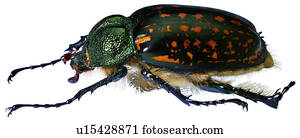

Children are particularly vulnerable to the clinical consequences of STH infections, which include stunted growth, malnutrition and/or anaemia, whilst fluke infections can ultimately lead to GI, hepatosplenic or urogenital diseases ( Schistosoma spp.) and/or cancers ( Schistosoma haematobium, Clonorchis sinensis and Opisthorchis viverrini). Clonorchis and Opisthorchis spp.) afflict > 1.5 billion people globally, most of whom live in disadvantaged and neglected communities. In humans, soil-transmitted helminths (STHs including Ascaris lumbricoides, Trichuris trichiura, Necator americanus, Ancylostoma duodenale, Ancylostoma ceylanicum and Strongyloides stercoralis), blood flukes ( Schistosoma spp.) and food-borne liver flukes (e.g. Gastrointestinal (GI) helminths cause significant disease in both humans and animals. Stool-based diagnostics are likely to serve as an important tool well into the future improved diagnostics of helminths and their environment in the gut may assist the identification of biomarkers with the potential to define the health/disease status of individuals and populations, and to identify existing or emerging anthelmintic resistance. In this article, we: (i) assess the strengths and limitations of existing methods applied to the diagnosis of GI helminth infections of humans and livestock (ii) examine high-throughput sequencing approaches, such as targeted molecular barcoding and shotgun sequencing, as tools to define the taxonomic composition of helminth infections and (iii) discuss the current understanding of the interactions between helminths and microbiota in the host gut.

Specific and sensitive diagnosis is central to the surveillance of such infections and to determine the effectiveness of treatment strategies used to control them.

Gastrointestinal (GI) helminth infections cause significant morbidity in both humans and animals worldwide.


 0 kommentar(er)
0 kommentar(er)
